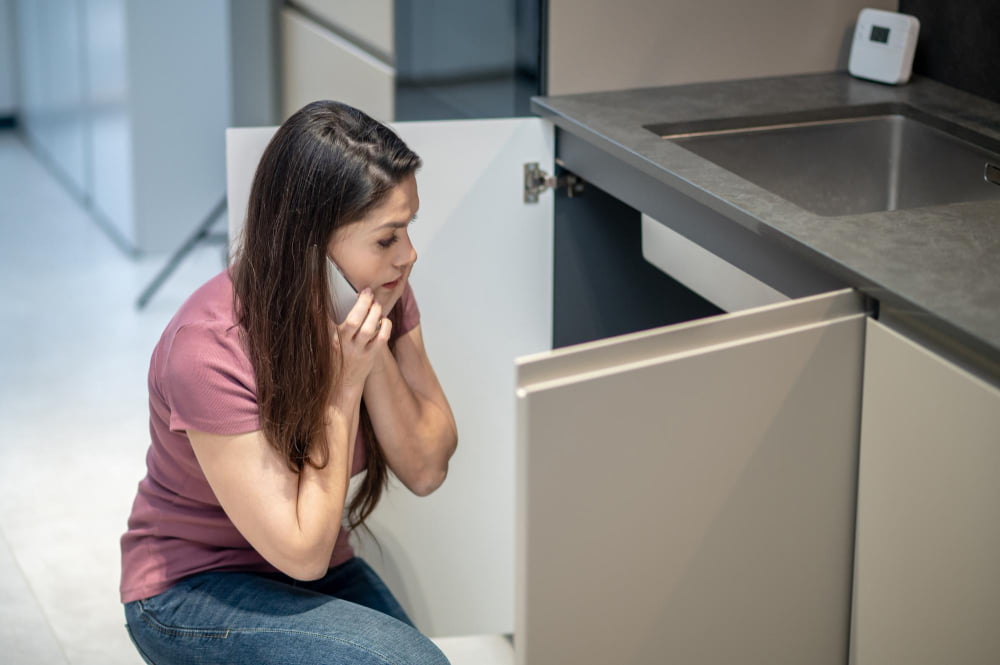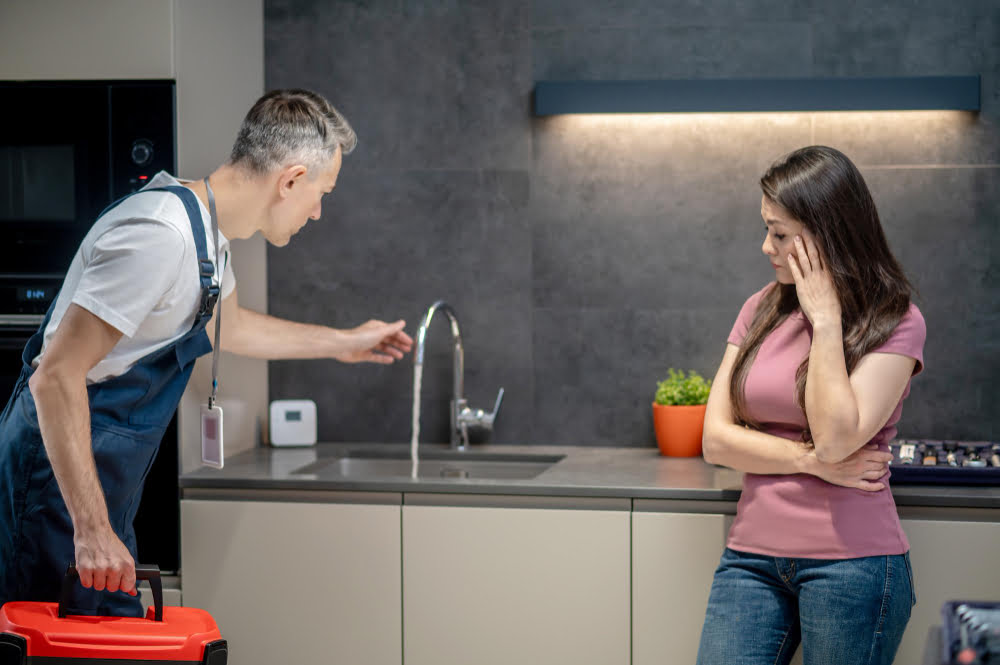Last updated on
Water damage emergencies can strike at the most unexpected times, turning your home into a watery battleground. Whether it’s a burst pipe in the dead of winter or a leaky roof during a torrential downpour, swift and effective action is crucial to minimize the potential devastation. In this guide, we’ll explore practical steps you can take to handle water damage emergencies and protect your home from further harm.
Contact Professionals

While your initial cleanup efforts are vital, the expertise of water damage restoration professionals is often indispensable in ensuring a thorough recovery. Reach out to a reputable water damage restoration service as soon as possible. Whether you are looking for Philadelphia restoration or in any other city, these professionals possess specialized tools and advanced techniques to assess the extent of the damage accurately.
Their expertise goes beyond mere cleanup – they employ strategies to thoroughly dry affected areas, preventing the insidious growth of mold and addressing hidden water pockets that may lead to structural issues.
By entrusting the restoration process to these experts, you enhance the likelihood of a comprehensive and efficient recovery, bringing your home back to its pre-damaged state. Professional intervention not only saves time but also mitigates long-term risks, ensuring that your living space remains a safe and secure environment for years to come.
Stay Calm and Assess the Situation
Maintaining composure is the initial and pivotal step. Panic can cloud judgment, impeding your capacity to think critically and make swift decisions. After taking a moment to collect your thoughts, conduct a thorough assessment of the water damage’s extent. Identify the source of the water, whether it results from a burst pipe, a leaky roof, or storm-induced flooding.
This understanding is crucial for determining the most effective course of action. By staying calm and methodically evaluating the situation, you lay the groundwork for a more strategic response, increasing the likelihood of minimizing damage and facilitating a smoother recovery process.
Shut off the Water Source

In the event of water damage caused by a burst pipe, swift action is paramount. Locate the main water shut-off valve in your home and promptly turn it off to stem the flow of water, mitigating further damage. For issues stemming from a leaky roof, take immediate measures by placing a container under the leak to temporarily catch water and minimize the impact.
Emphasizing the importance of addressing the source, this proactive step lays the foundation for effective cleanup. By halting the influx of water at its origin, you not only prevent additional damage but also create a conducive environment for subsequent restoration efforts. Timely intervention in shutting off the water source is a crucial element in the overall strategy to mitigate and resolve water damage issues.
Ensure Safety First
Prioritizing safety is paramount before embarking on cleanup endeavors. Given the potential for extensive water damage, there may be lurking electrical hazards. As a precautionary measure, swiftly turn off the electricity to the affected areas if it’s safe to do so, minimizing the risk of electrical accidents. Equally important is exercising caution on potentially slippery surfaces that may have been inundated with water.
If uncertainty surrounds the safety of the environment, it’s advisable to err on the side of caution and evacuate the premises until professionals can thoroughly assess the situation. Safety considerations extend beyond the immediate aftermath, influencing the overall success of the recovery process. By taking these precautionary measures, you not only protect yourself and others but also create a safer environment for subsequent restoration and cleanup efforts.
Remove Excess Water
With the water source under control and safety assured, the next crucial step is expeditiously removing excess water from the affected areas. Employ tools like a wet/dry vacuum, buckets, or absorbent towels to meticulously soak up as much water as possible. Acting swiftly is pivotal in preventing the onset of mold growth and curtailing potential structural damage.
Simultaneously, enhance the drying process by opening windows and doors to facilitate improved ventilation. This not only expedites the evaporation of moisture but also contributes to maintaining a healthier indoor environment. Combining efficient water extraction and enhanced ventilation sets the stage for a more effective cleanup, reducing the likelihood of long-term consequences associated with prolonged exposure to excess moisture.
Salvage Important Items
In the aftermath of water damage, salvaging precious belongings becomes critical. Swiftly identify and retrieve valuables, essential documents, and sentimental items from the affected area. Moving these items to a dry and secure location is paramount in preventing additional damage.
Delicate possessions like photographs and documents, susceptible to water-induced deterioration, can often be preserved if attended to promptly. Implementing a strategic approach to item salvage not only safeguards irreplaceable memories and crucial documents but also facilitates a smoother recovery process.
As you meticulously rescue these items, consider placing them in a location with optimal ventilation to aid in their drying process. Prioritizing the retrieval of important possessions adds a personal dimension to the recovery effort, ensuring that, amidst the challenges of water damage, some cherished aspects of your life remain preserved and intact.
Document the Damage for Insurance
It is imperative to meticulously document the extent of water damage. Utilize your smartphone or camera to capture photographs and videos showcasing the affected areas and any items that have incurred damage.
This comprehensive documentation serves as vital evidence when filing an insurance claim, offering a clear visual record of the destruction caused. Promptly notify your insurance company of the incident and provide them with the compiled documentation and essential information.
This proactive step accelerates the claims process, facilitating a quicker response from your insurance provider. The detailed documentation not only substantiates your claim but also aids adjusters in comprehending the full scope of the damage, ensuring a more accurate and efficient resolution. Timely and thorough communication with your insurance company is an essential component in navigating the aftermath of water damage successfully.
The Takeaway
Water damage emergencies can be overwhelming, but a calm and systematic approach can make a significant difference in minimizing the impact on your home. From shutting off the water source to contacting professionals and taking preventative measures, these steps will guide you through the process of handling water damage emergencies effectively. Remember, acting swiftly is the key to protecting your home and belongings from further harm.
Recap:



